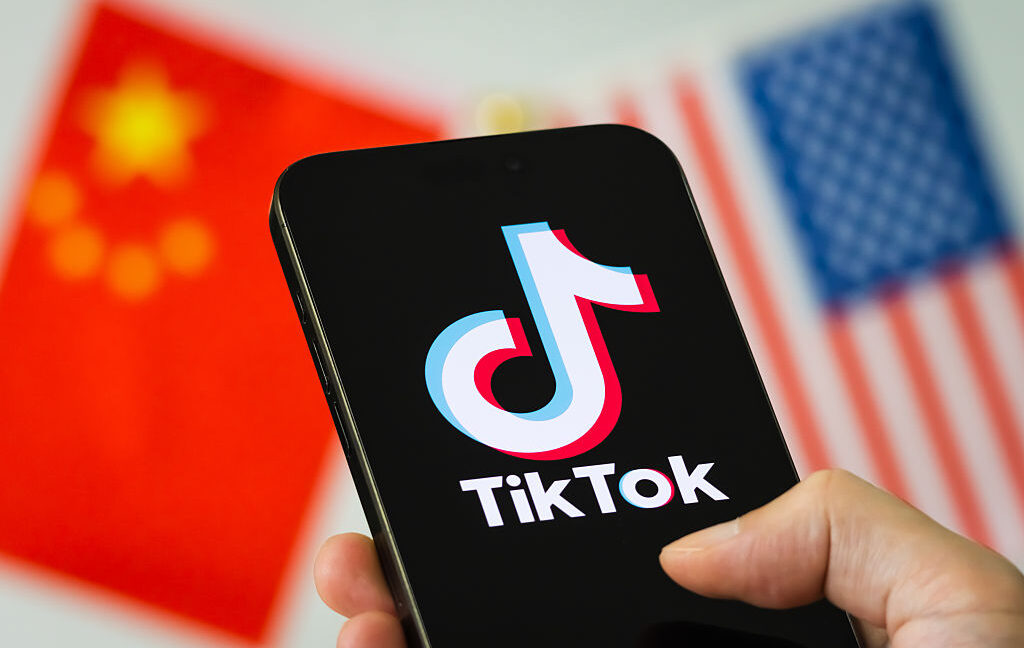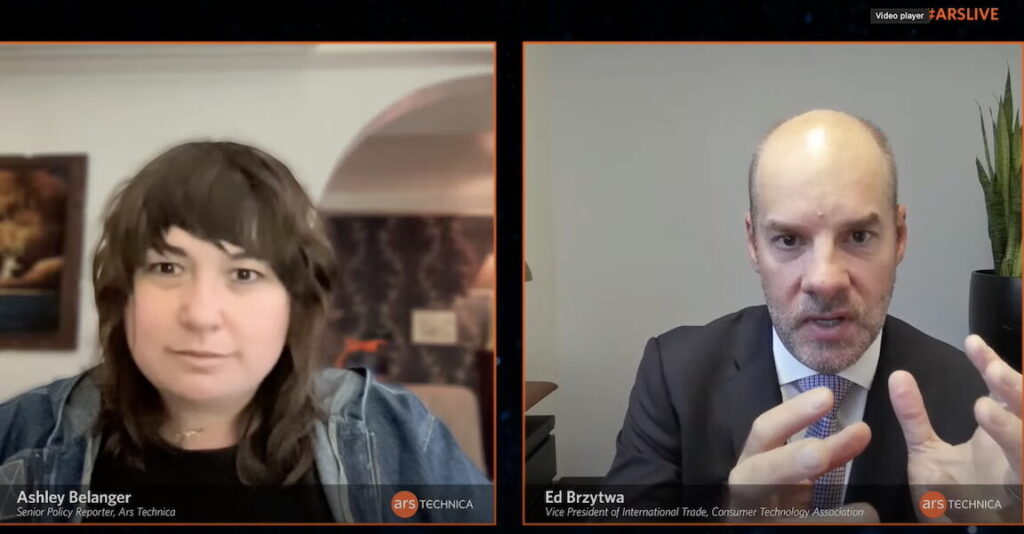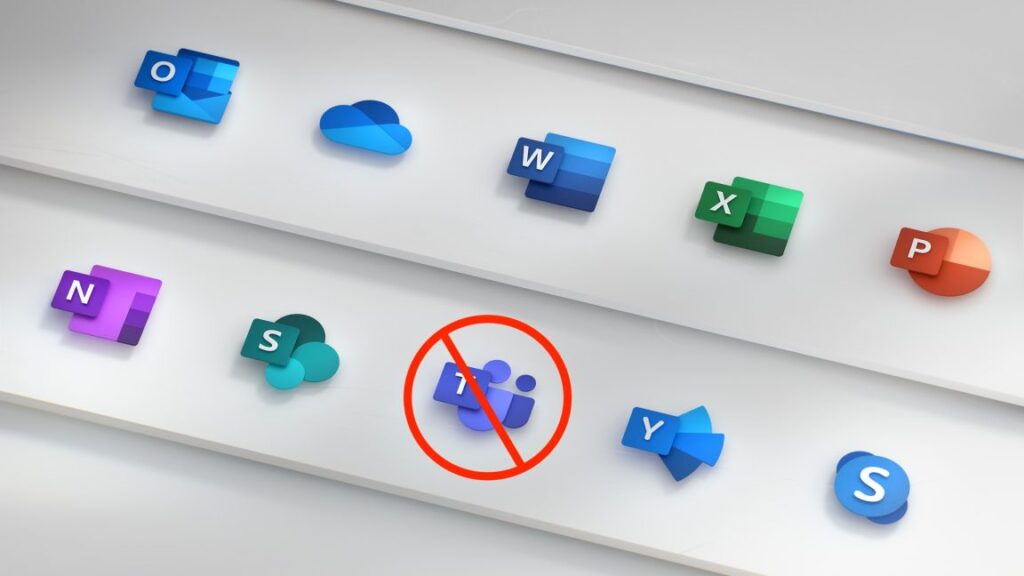China blocks sale of Nvidia AI chips
“The message is now loud and clear,” said an executive at one of the tech companies. “Earlier, people had hopes of renewed Nvidia supply if the geopolitical situation improves. Now it’s all hands on deck to build the domestic system.”
Nvidia started producing chips tailored for the Chinese market after former US President Joe Biden banned the company from exporting its most powerful products to China, in an effort to rein in Beijing’s progress on AI.
Beijing’s regulators have recently summoned domestic chipmakers such as Huawei and Cambricon, as well as Alibaba and search engine giant Baidu, which also make their own semiconductors, to report how their products compare against Nvidia’s China chips, according to one of the people with knowledge of the matter.
They concluded that China’s AI processors had reached a level comparable to or exceeding that of the Nvidia products allowed under export controls, the person added.
The Financial Times reported last month that China’s chipmakers were seeking to triple the country’s total output of AI processors next year.
“The top-level consensus now is there’s going to be enough domestic supply to meet demand without having to buy Nvidia chips,” said an industry insider.
Nvidia introduced the RTX Pro 6000D in July during Huang’s visit to Beijing, when the US company also said Washington was easing its previous ban on the H20 chip.
China’s regulators, including the CAC, have warned tech companies against buying Nvidia’s H20, asking them to justify having purchased them over domestic products, the FT reported last month.
The RTX Pro 6000D, which the company has said could be used in automated manufacturing, was the last product Nvidia was allowed to sell in China in significant volumes.
Alibaba, ByteDance, the CAC, and Nvidia did not immediately respond to requests for comment.
Additional reporting by Eleanor Olcott in Zhengzhou.
© 2025 The Financial Times Ltd. All rights reserved. Not to be redistributed, copied, or modified in any way.
China blocks sale of Nvidia AI chips Read More »













